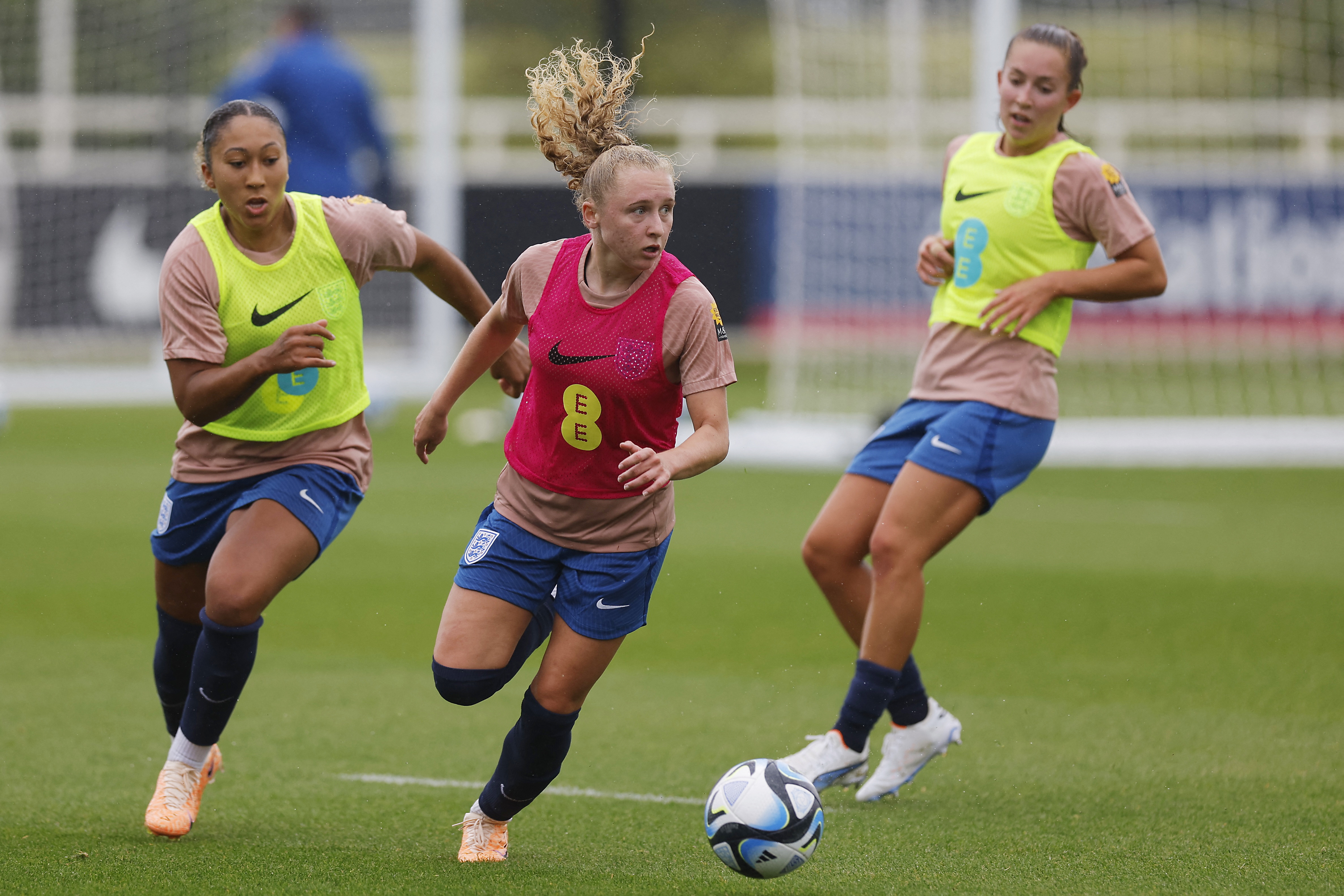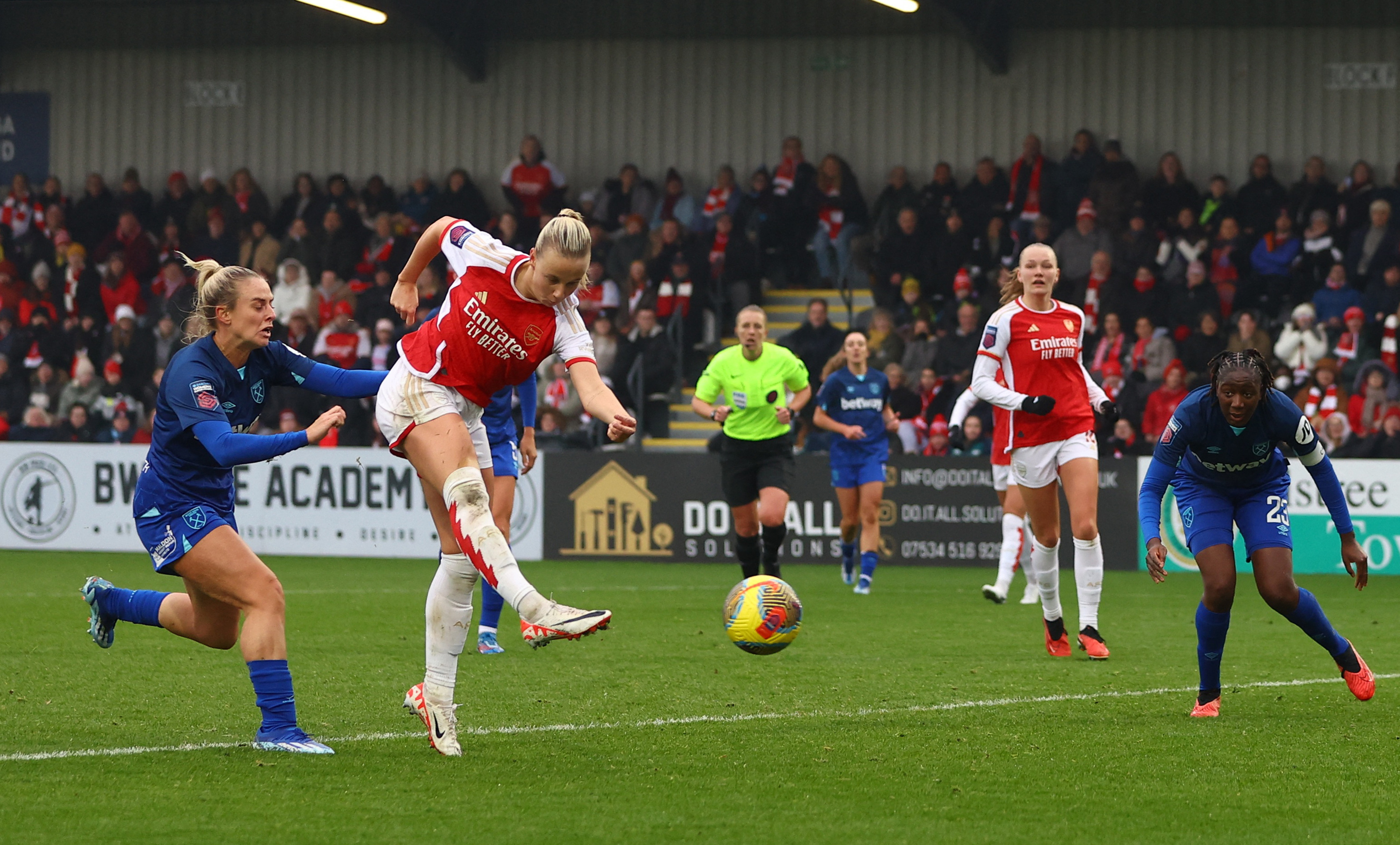The period problem: does menstruation make females more vulnerable to injury?
Jasmine Marcus explores the topic and suggests that ovulation, not menstruation, may put athletes at a higher injury risk.
Because menstruation is the visible sign of the female reproductive cycle, it’s natural to assume women should take it easy during this time. However, new research calls this thinking into question.
More and more young girls are encouraged to play sports. Many of them continue to pursue active and competitive lifestyles through adulthood. For instance, nearly half of the athletes expected to participate in the 2020 summer Olympics (held in 2021) are women(1). Yet, researchers have largely ignored the question of how the menstrual cycle affects performance and injury rates.
The menstrual cycle
A typical menstrual cycle for women (who are not taking hormonal birth control (HBC)) lasts 21-34 days. Each cycle starts with the first day of menstruation and lasts until the first day of the next period. There is much variability in period cycles depending on hormonal levels, the use of HBC, and the athlete’s age.
Ovulation, the moment the ovaries release an egg, occurs mid-cycle and divides the cycle into phases. The follicular phase comes before ovulation, and the luteal phase occurs after (see figure 1). The late follicular phase starts three days preceding ovulation and extends through ovulation. Estrogen levels build during the follicular phase and peak during the late follicular phase at amounts nearly ten times higher than at the start of the cycle.
You need to be logged in to continue reading.
Please register for limited access or take a 30-day risk-free trial of Sports Injury Bulletin to experience the full benefits of a subscription. TAKE A RISK-FREE TRIAL
TAKE A RISK-FREE TRIAL
Newsletter Sign Up
Subscriber Testimonials
Dr. Alexandra Fandetti-Robin, Back & Body Chiropractic
Elspeth Cowell MSCh DpodM SRCh HCPC reg
William Hunter, Nuffield Health
Newsletter Sign Up
Coaches Testimonials
Dr. Alexandra Fandetti-Robin, Back & Body Chiropractic
Elspeth Cowell MSCh DpodM SRCh HCPC reg
William Hunter, Nuffield Health
Be at the leading edge of sports injury management
Our international team of qualified experts (see above) spend hours poring over scores of technical journals and medical papers that even the most interested professionals don't have time to read.
For 17 years, we've helped hard-working physiotherapists and sports professionals like you, overwhelmed by the vast amount of new research, bring science to their treatment. Sports Injury Bulletin is the ideal resource for practitioners too busy to cull through all the monthly journals to find meaningful and applicable studies.
*includes 3 coaching manuals
Get Inspired
All the latest techniques and approaches
Sports Injury Bulletin brings together a worldwide panel of experts – including physiotherapists, doctors, researchers and sports scientists. Together we deliver everything you need to help your clients avoid – or recover as quickly as possible from – injuries.
We strip away the scientific jargon and deliver you easy-to-follow training exercises, nutrition tips, psychological strategies and recovery programmes and exercises in plain English.









